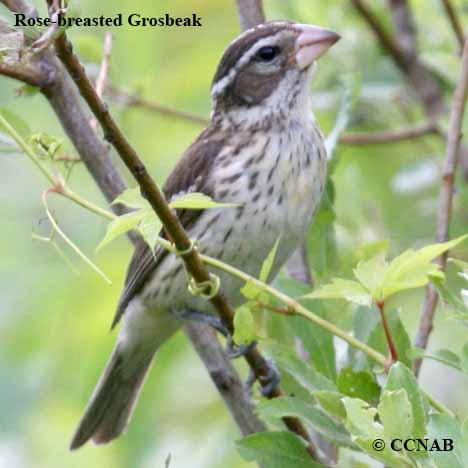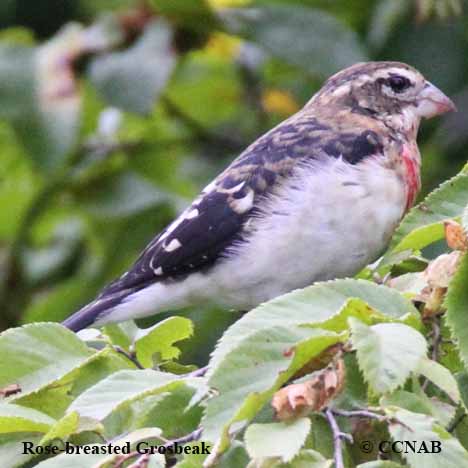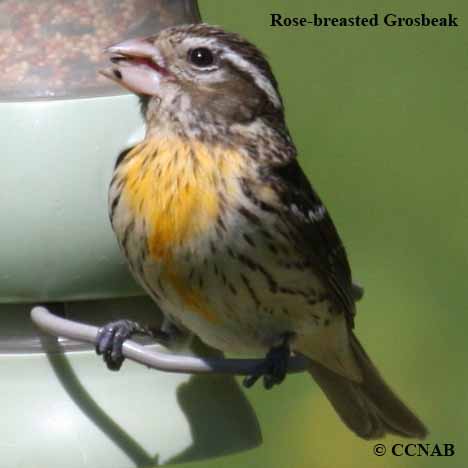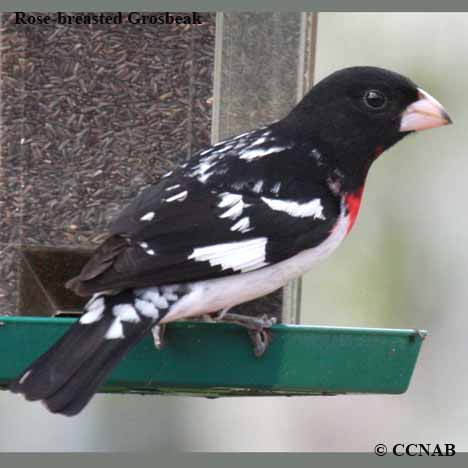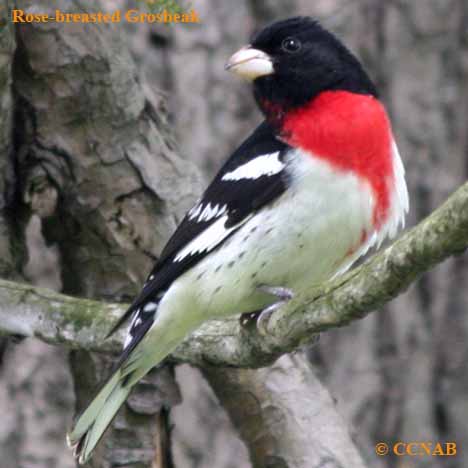Birds of Cuba Search Box
This search box can be used to find bird species using bird's english, french or latin name.
Birds of Cuba, Vagrant Visitors, Introduced Birds and Possibilities
Rose-breasted Grosbeak
Cardinal à poitrine rose
Spanish: Picogrueso pechirrosado
Latin: Pheucticus ludovicianus
Information, images and range maps on over 400 birds of Cuba
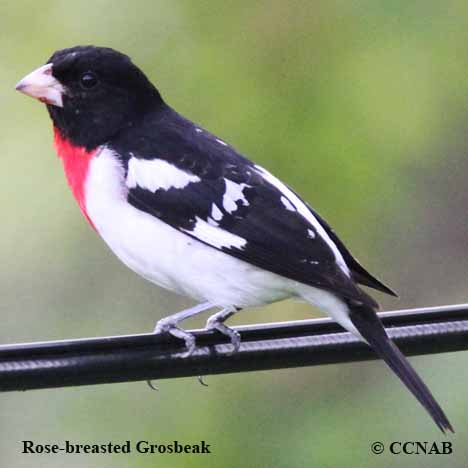
Life, Habitat & Pictures of the Rose-breasted Grosbeak
| B L | W W | W | Family | Latin Name |
|---|---|---|---|---|
| 8" 20.3cm | 12.5" 31.7cm | 1.6oz 45.4g | Cardinalidae | Pheucticus ludovicianus |
- Breeding
- Year Around
- Winter
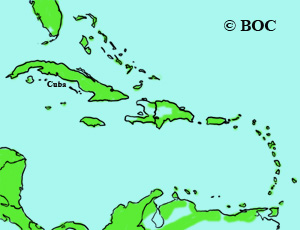
The Rose-breasted Grosbeak is seen in the breeding season, from Nova Scotia to the borders of British Columbia and the North West Territories, into the central regions of the USA to the Atlantic coast. Migrates into Mexico, Central America and on to the Caribbean islands in late fall and returns back in late April and early May the following year. It has been seen as a migrant in Cuba.
